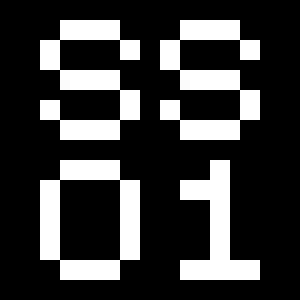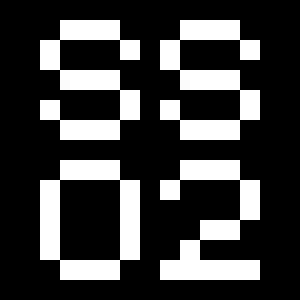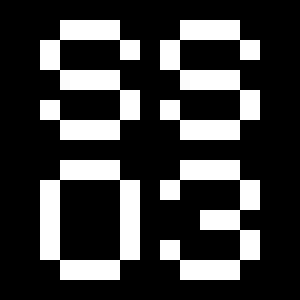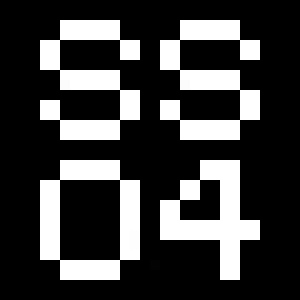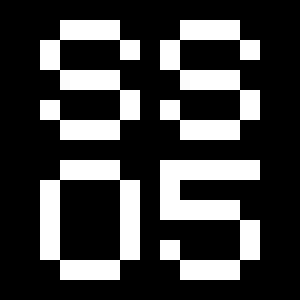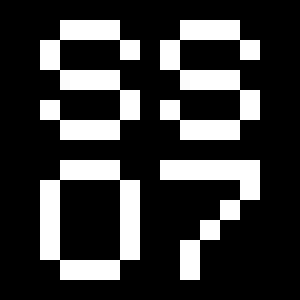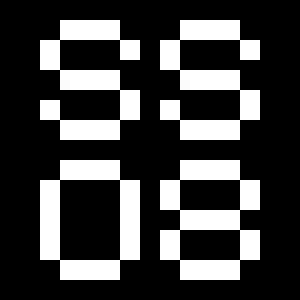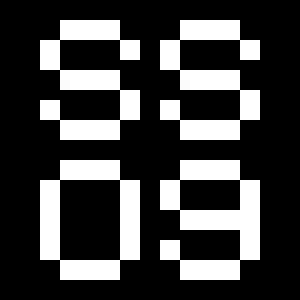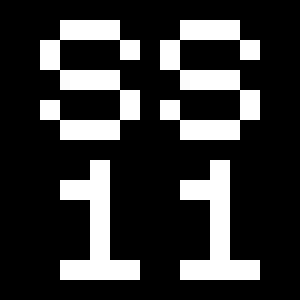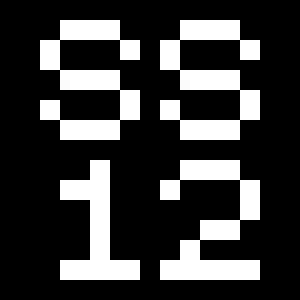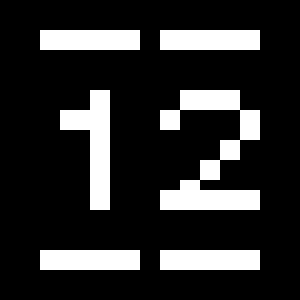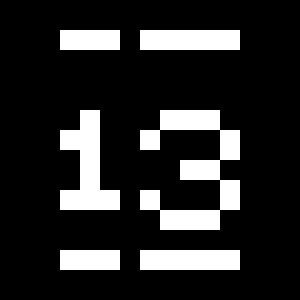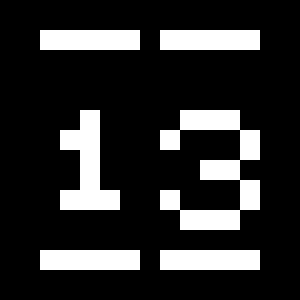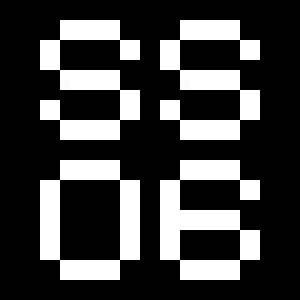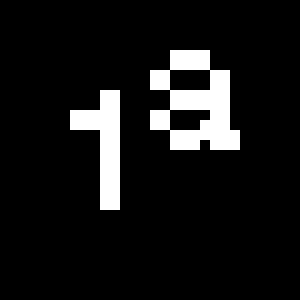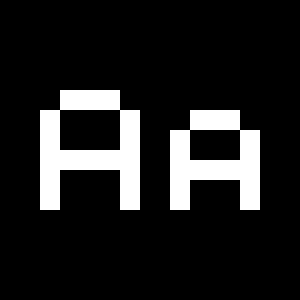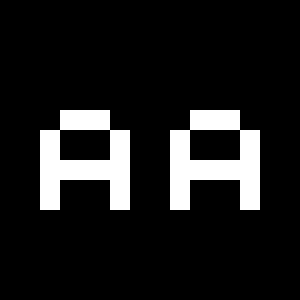Reply
OpenType Features
«Optimo»
@|¦()[]{}¿¡‹›«»-–—·
«OPTIMO»
@|¦()[]{}¿¡‹›«»-–—·
aejkKtMQR
àáâãäåǻāăąèéêë
ēĕėęěijĵķĶţťŧțŔŖŘ
aejkKtMQR
àáâãäåǻāăąèéêë
ēĕėęěijĵķĶţťŧțŔŖŘ
Face
àáâãäåǻāăą
Face
àáâãäåǻāăą
Type
èéêëēĕėęě
Type
èéêëēĕėęě
Enjoy
ijĵ
Enjoy
ijĵ
Kara Walker
ķĶ
Kara Walker
ķĶ
Art
ţťŧț
Art
ţťŧț
Modern
Modern
Queen
Queen
Retail
ŔŖŘ
Retail
ŔŖŘ
Retail
ŔŖŘ
Retail
ŔŖŘ
¼ ½ ¾ ⅓ ⅔ ⅛ ⅜ ⅝ ⅞
¼ ½ ¾ ⅓ ⅔ ⅛ ⅜ ⅝ ⅞
0123456789
0123456789
3/4 3/8 5/8 7/8
3/4 3/8 5/8 7/8
up+down
+±×÷−=≈≠¬∞
up+down
+±×÷−=≈≠¬∞
Habcdefghijklmn
Hopqrstuvwxyz()[].,
Habcdefghijklmn
Hopqrstuvwxyz()[].,
Habcdefghijklmn
Hopqrstuvwxyz()[].,
Habcdefghijklmn
Hopqrstuvwxyz()[].,
Habcdefghijklmn
Hopqrstuvwxyz()[].,
Habcdefghijklmn
Hopqrstuvwxyz()[].,
Habcdefghijklmno
Hpqrstuvwxyz()[].,
Habcdefghijklmno
Hpqrstuvwxyz()[].,
abcdefghijklmn
opqrstuvwxyz
abcdefghijklmn
opqrstuvwxyz
ABCDEFGHIJK
LMNOPQRSTU
VWXYZ
()[]{}¡!¿?&
ABCDEFGHIJK
LMNOPQRSTU
VWXYZ
()[]{}¡!¿?&
Character Map
Uppercases
Lowercases
Small Caps
Accented Uppercases
Accented Lowercases
Accented Small Caps
Standard Ligatures
Punctuation
Lining Figures
Oldstyle Figures
Slashed Zero
Numerators
Denominators
Superscripts/Superiors
Subscripts/Inferiors
Prebuilt Fractions
Stylistic Alternates
Symbols
Mathematical Symbols
Currencies
Arrows
Ordinals
About
While researching American ephemera from the 1950s, François Rappo discovered that architect Frank Lloyd Wright’s preferred typeface for correspondences was a typewriter version of Vogue Intertype. Loosely inspired by the graceful texture of Wright’s correspondences, Rappo drew a new geometric typeface. With its contemporary aesthetic, Reply has a colorful personality that references a pivotal phase in the development of modern American design.
An American sans-serif typeface cut in the early 1930s, Vogue Intertype was the direct outcome of the migration of European designers to America who brought Art Deco and Constructivism with them across the Atlantic Ocean. The version of the typeface used by Wright had a more linear and simplified drawing but managed to achieve a certain level of refinement within the limitations of the typewriter. With Reply, Rappo brings together geometric timelessness and mechanical writing in a proportional drawing. By reinvigorating distinctive characters like the “K” and the “R” and adding beveled terminals, Rappo creates both a warm and distinctive typeface that is exceptionally legible at smaller sizes. While Reply has its roots in early twentieth-century European geometric design and American modernism, it is nonetheless a contemporary typeface conceived of for the digital era.



